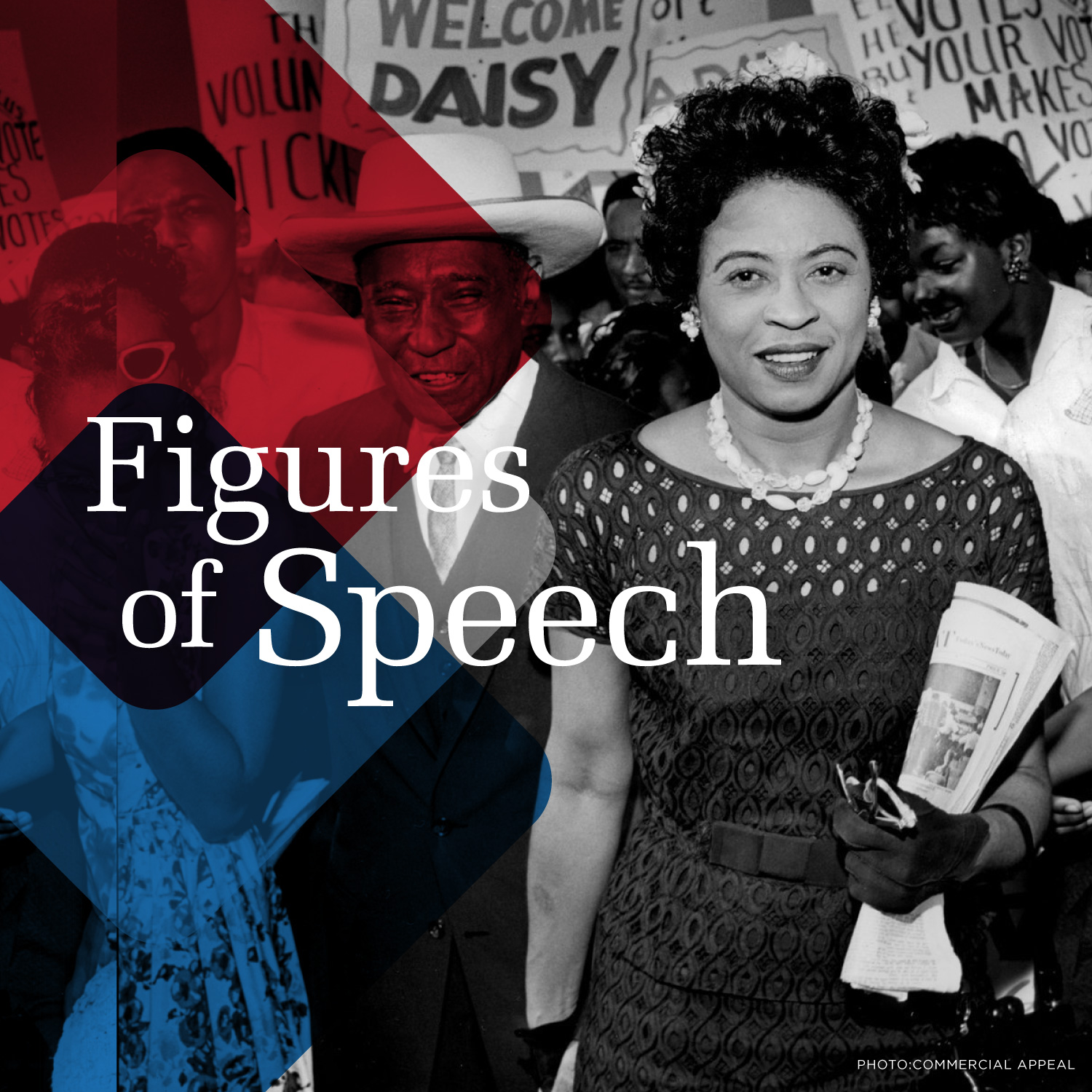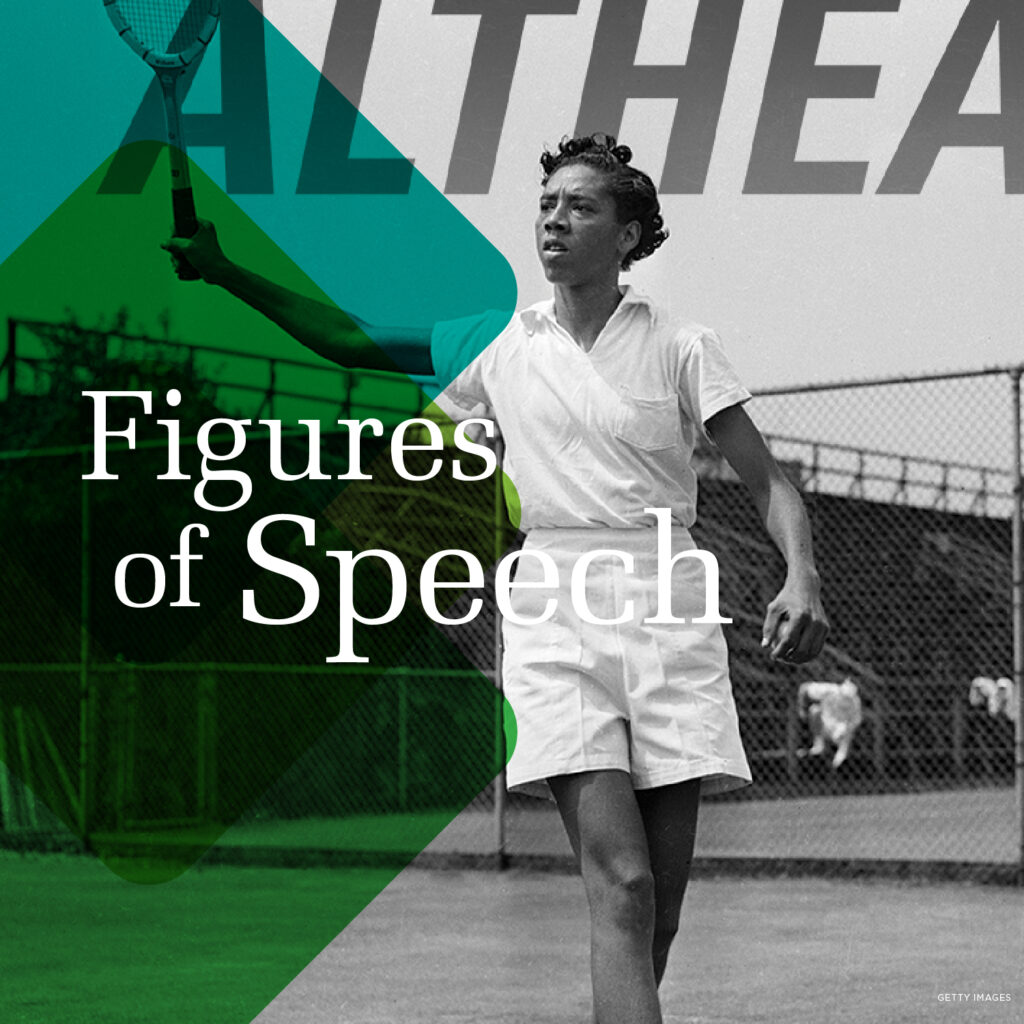Figures of Speech: Daisy Bates


As the Little Rock Nine walked into Central High School on September 4, 1957, the entire country tuned in to live television broadcasts to watch. What they saw was a mob of jeering white students surrounding a lone Black girl by the name of Elizabeth Eckford, whose eyes were shielded by sunglasses. What most Americans didn’t notice, however, was the trailblazing woman who organized those nine Black students that day to take a stand against oppression, changing the course of racial segregation forever. That was Daisy Gatson Bates.
At just three years old, Bates’ mother was killed by three white men; her mother’s senseless death made an emotional and mental impact on Bates that set the stage for her commitment to confronting racism and dedicating herself to ending the racial injustice that claimed her mother.
Bates was born in Huttig, Arkansas in 1914 and raised by foster parents. When she turned 15, she met her future husband, L.C. Bates, and together they traveled the South. They eventually settled in Little Rock and started a newspaper together. Called The Arkansas Weekly, the paper was the first of its kind during the civil rights movement — the only African-American newspaper solely dedicated to the Black experience in America. With Bates working as both editor and contributor, The Arkansas Weekly circulated statewide.
For years, Bates served as president of the Arkansas chapter of the NAACP, making her a household name. In 1954, the Supreme Court ruled segregated schools unconstitutional. And because many schools in Arkansas rejected the notion of allowing Black students to enroll, Bates led the charge to gather Black students across the state to attend all-white schools.
Taking the reins, Bates organized what we now know as the Little Rock Nine. She selected nine African-American students to integrate at Central High School in Little Rock in 1957, frequently driving them to and from school while protecting them from an onslaught of verbal and physical abuse by white civilians and students who were against the integration of schools.
Throughout her lifetime, Bates was the target of endless intimidation — rocks and various objects thrown in her home, bullet shells sent to her by mail — all of which forced her and L.C. to shut down The Arkansas Weekly. But in spite of the relentless threats, Bates continued to work to improve the status of African-Americans in the South. Her influential work in integrating schools was the basis for her memoir, The Long Shadow of Little Rock, which was published in 1962 and won the American Book Award.
In the 1960s, Bates moved to Washington D.C., where she worked for the Democratic National Committee and for anti-poverty projects in President Lyndon B. Johnson’s administration. Her memory lives on with Daisy Gatson Bates Day, a state holiday celebrated in Arkansas the third Monday in February, to commemorate her tenacity, perseverance, and fight against racial injustice.








